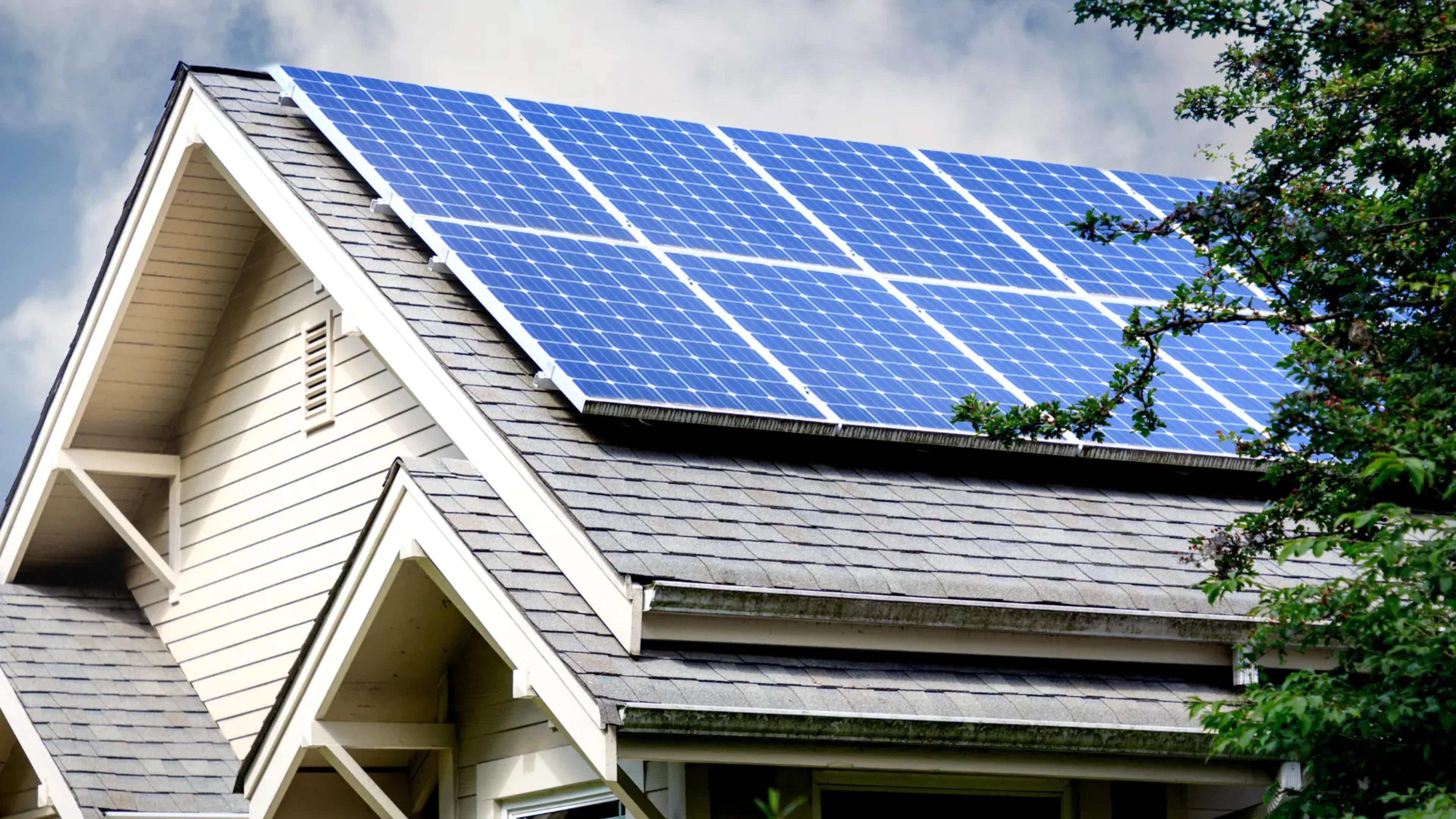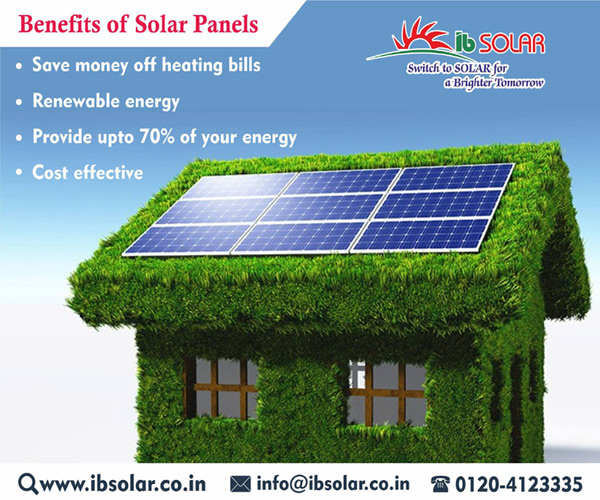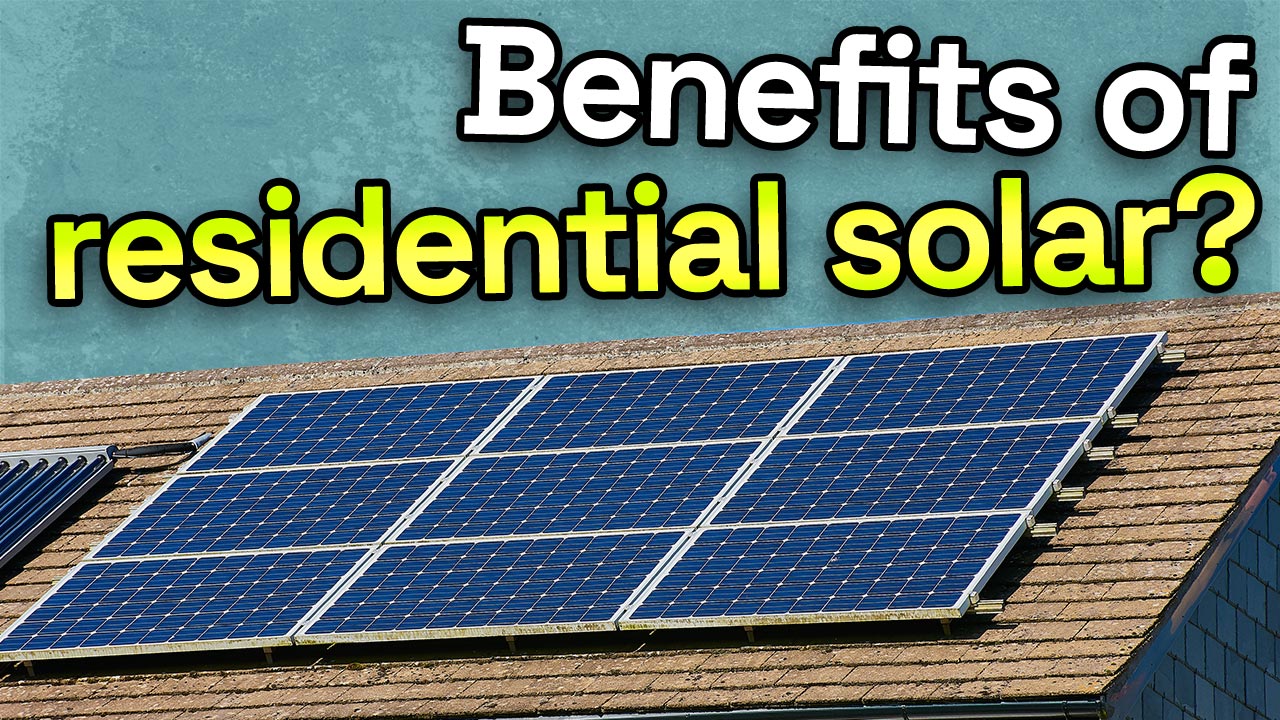Solar Energy 101: A Beginner's Guide to Sustainable Energy Solutions
As the world increasingly moves towards lasting energy services, comprehending the fundamentals of solar power ends up being necessary for both individuals and companies. This overview offers a comprehensive introduction of solar energy, detailing the different systems offered and the mechanisms behind their operation. By exploring the advantages of solar innovation, alongside the financial incentives and installment processes, one can get a clearer perspective on how to successfully incorporate this renewable energy into their energy technique. The trip towards taking on solar energy welcomes additional exam of the challenges and considerations that come with it.
Comprehending Solar Power
At its core, recognizing solar energy involves grasping the fundamental concepts of exactly how sunshine can be transformed into useful electricity. Solar energy is obtained from the sunlight's radiation, which can be harnessed with numerous technologies.

Comprehending solar power also includes recognizing its ecological benefits. By using sunshine, we can minimize greenhouse gas exhausts and decrease air pollution, adding to a more lasting future. The developments in innovation and effectiveness of solar systems remain to enhance their stability, making solar power an increasingly appealing alternative for global energy requirements.
Sorts Of Solar Energy Solutions
Various sorts of solar energy systems are commonly utilized to harness solar power for power generation. The main groups include solar (PV) systems, focusing solar energy (CSP) systems, and solar thermal systems.
Solar systems use solar panels made up of silicon cells that transform sunlight directly right into electrical power. These systems are versatile and can be mounted on rooftops, ground installs, or incorporated right into structure materials.
Focusing Solar energy systems, on the various other hand, employ mirrors or lenses to concentrate sunlight onto a small area, generating warm that drives a vapor turbine to generate electrical energy - Simply Solar Illinois. CSP systems are usually deployed in large power plants and require straight sunlight, making them less suitable for gloomy regions

Each kind of solar energy system has its distinct attributes, applications, his explanation and suitability depending on geographical area, power needs, and budget, making it vital to assess alternatives based upon specific scenarios. - Simply Solar Illinois

Advantages of Solar Power
Harnessing solar energy via different systems not only provides a sustainable means to generate electrical power but additionally provides a multitude of advantages. One of one of the most substantial advantages is the decrease in greenhouse gas exhausts, contributing to a cleaner setting and combating climate change. Solar energy is sustainable, implying it is limitless and offered as long as the sun radiates, unlike fossil fuels, which are finite and diminishing.
In addition, solar power can bring about substantial expense financial savings with time. House owners and companies can lower their power bills substantially, and in most cases, they may gain credit ratings for excess power produced via web metering. Furthermore, the solar sector produces jobs, from making to setup, stimulating local economic climates.
Another compelling benefit is energy freedom. By producing their very own electricity, people and neighborhoods can decrease reliance on exterior energy resources, improving resilience versus rising and fall energy rates and supply interruptions. Additionally, solar energy systems need marginal maintenance, making them a convenient option for lasting energy generation.
Installation Refine Overview
The setup procedure for solar energy systems usually entails a number of key steps that guarantee Full Report reliable integration right into a home. Initially, a detailed website analysis is conducted to evaluate the roof covering's orientation, shielding, and structural integrity, which are critical to maximizing photovoltaic panel performance. Following this analysis, the design phase starts, where a tailored solar energy system is configured based upon the property owner's energy demands and preferences.
As soon as the design is finalized, the necessary authorizations and approvals are acquired from regional authorities, making sure compliance with laws. The actual setup entails placing the photovoltaic panels on the roof or ground, connecting them to an inverter, and incorporating the system with the residential property's electric configuration. This stage may likewise involve setting up battery storage systems, relying on the layout.
With the setup complete, the solar energy system can start producing sustainable power, adding to sustainability and decreasing energy prices. This structured technique ensures that solar systems are both effective and dependable, optimizing their long-lasting benefits.
Financial Motivations and Savings
Checking out the economic motivations and financial savings linked with solar energy systems can substantially enhance the appeal of making the switch to renewable energy. One of the most notable motivations is the government solar tax next credit report, which permits house owners to deduct a percent of their solar system installation expenses from their government taxes.
In enhancement to tax obligation credit scores, numerous states use rebates that can even more reduce in advance costs. Some utility firms also offer performance-based motivations, fulfilling solar energy production with time. Financing choices, such as solar lendings and leases, enable customers to install systems with little to no down repayment, making solar power a lot more obtainable.

Furthermore, solar systems can raise property worths, supplying a solid return on investment. In general, the mix of incentives and savings makes solar power an economically appealing choice for numerous households.
Final Thought
Finally, solar energy represents a vital part of lasting energy services, giving a path toward decreased carbon impacts and improved environmental defense. The diverse kinds of solar energy systems, combined with substantial monetary motivations, facilitate more comprehensive adoption amongst individuals and areas. Comprehending the setup procedures and benefits related to solar power empowers stakeholders to make enlightened decisions. Eventually, the shift to solar power not only cultivates environmental duty however likewise advertises financial savings and power independence.